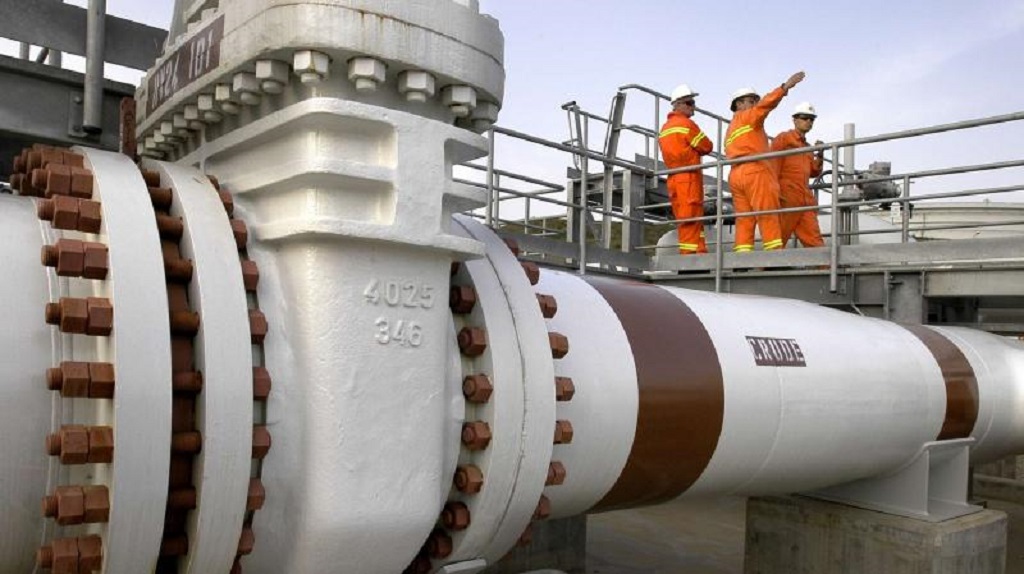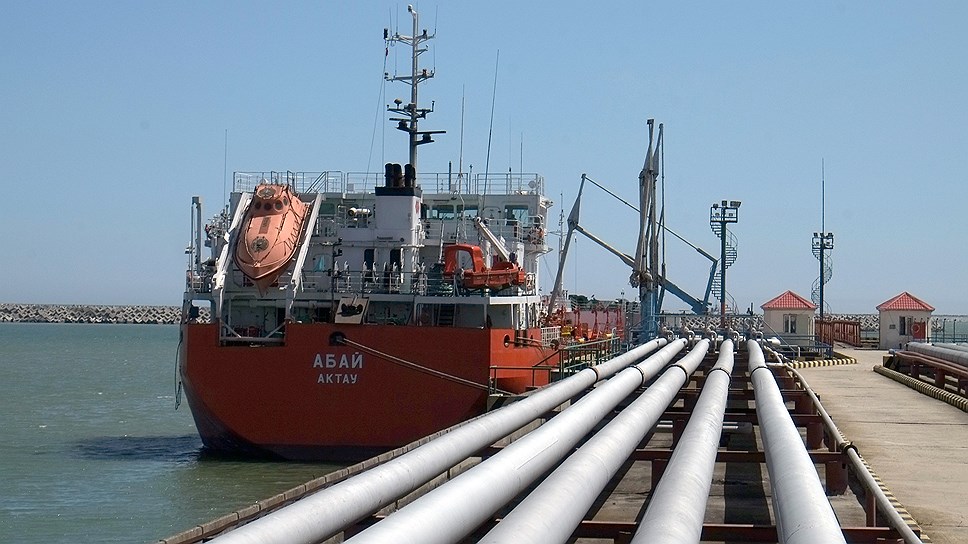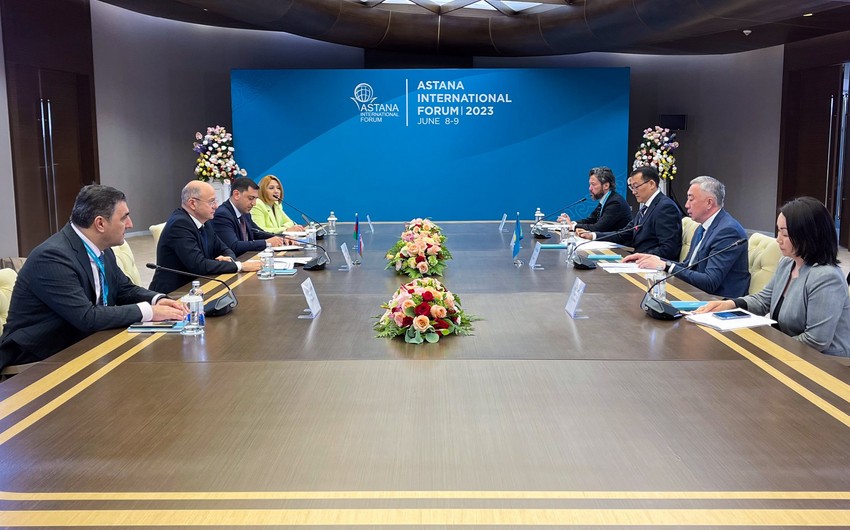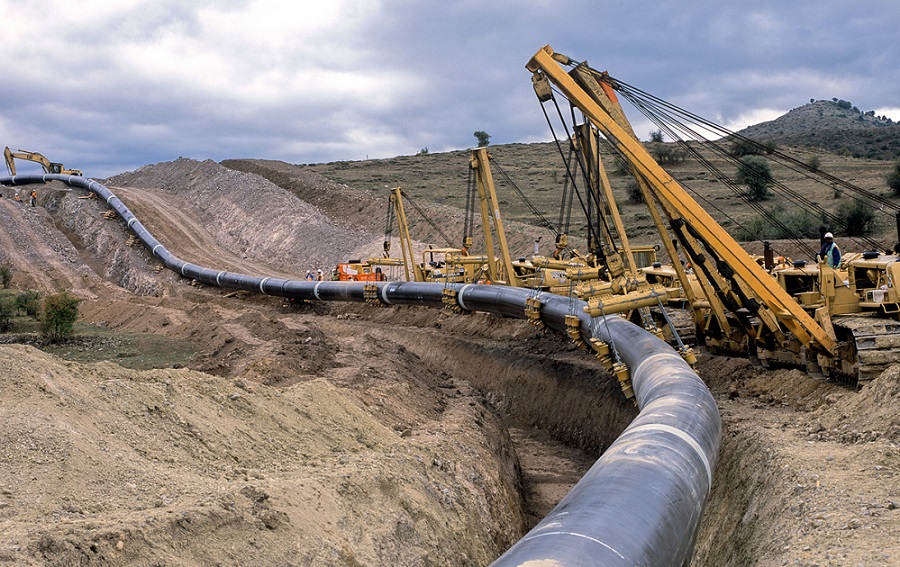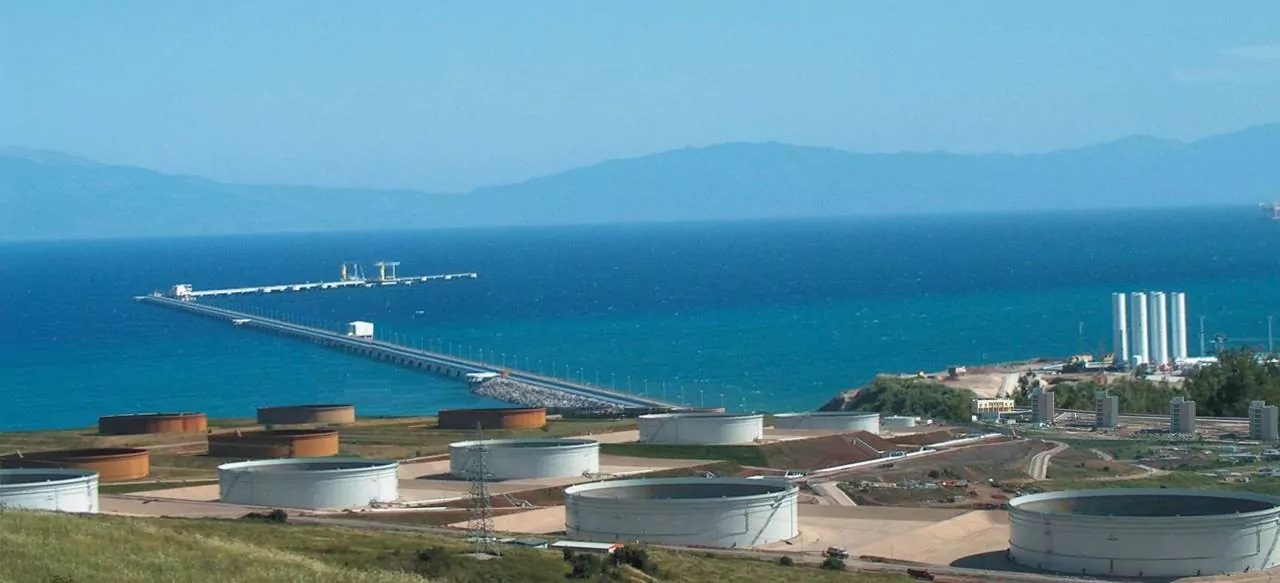In January-May 2023, the volume of oil pumping through the Baku-Tbilisi-Ceyhan (BTC) pipeline amounted to 12 million 434.6 thousand tons, by 5.5% higher than in 5 months of 2022.
According to the State Statistics Committee of the Republic of Azerbaijan, in January-May 2023, 76.5% of the total volume of oil transported through the main oil pipelines of Azerbaijan was pumped through the BTC oil pipeline.
At the same time, 84.3% of the total oil or 10 million 486.1 thousand tons (an increase of 7.3%) of the raw materials transported through the BTC were Azerbaijani oil.
The share of transit oil from Kazakhstan and Turkmenistan transported via the BTC in January-May 2023 amounted to 15.7% of the total pumping volume or 1 million 948.5 thousand tons (a decline of 3.1%).
The volume of oil pumping through the BTC pipeline in 2022 amounted to 29 million 749.6 thousand tons (an increase of 12.6%), including transit oil – 5 million 103.9 thousand tons (an increase of 41.8%).
Currently, oil from the Azeri-Chirag-Guneshli block of fields and condensate from the “Shah Deniz” field, as well as SOCAR oil are pumped through the BTC oil pipeline. Also, oil is pumped from a number of other countries of the Caspian Sea region through the BTC.
The length of the BTC oil pipeline is 1,768 thousand km, of which in Azerbaijan – 443 km, Georgia – 249 km, Turkey – 1,076 thousand km. The pipeline’s capacity is 60 million tons of oil per year. Shareholders of BTC Co. They are: BP (30.1%), SOCAR (25%), MOL (8.9%), Equinor (8.71%), TPAO (6.53%), ENI (5%); Itochu (3.4%), ExxonMobil (2.5%), INPEX (2.5%), TotalEnergies (5%) and ONGCVidesh (2.36%).
Caspian Barrel



